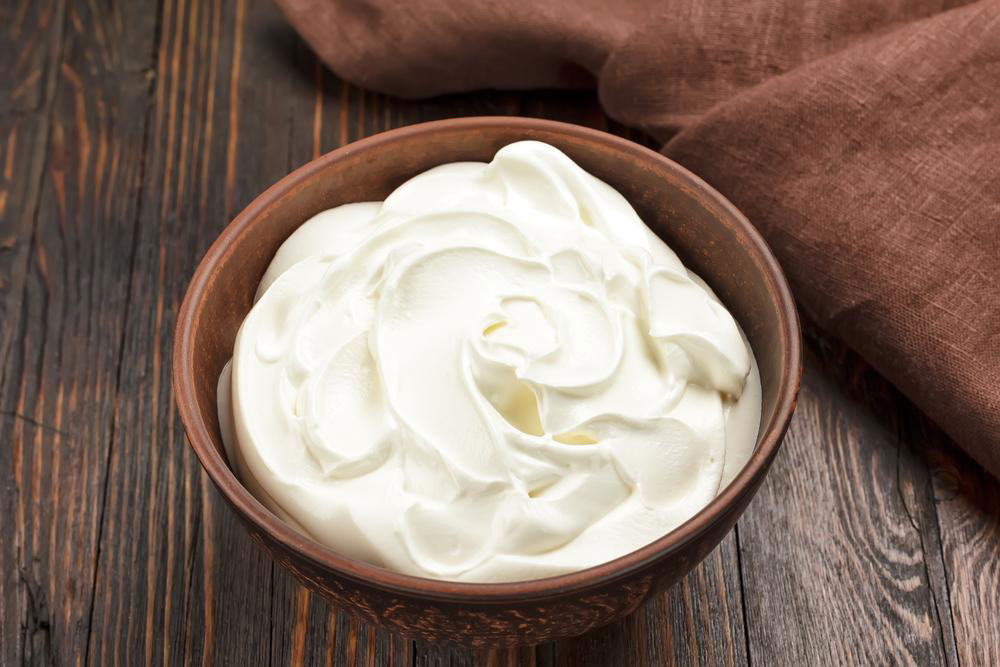Here’s How to Get Quick Relief From Yeast Infections
The US Center for Disease Control (CDC) says that 20% of women live with the Candida fungus without developing yeast infections. However, for most women, yeast infections are a nuisance that occurs at least once in an average woman’s life. Men can also develop yeast infections. A yeast infection can be quite troublesome as it comes with symptoms like itchiness, a burning sensation, and an embarrassing discharge.
Symptoms and types of yeast infections
The Candida fungus is a commonly occurring fungus that lives in the mouth, throat, gut, and vagina.

- Soreness and itching in the vagina
- Unusual and smelly vaginal discharge
- Painful urination
- Painful sex
Men experience the following symptoms:
- White shiny patches on the skin
- A white substance collecting in the folds of the penis
- A burning or itching sensation
A yeast infection is termed as complicated in the following situations:
- When yeast infections happen more than four times in a single year
- When there are tears or sores
- When you are pregnant
- When a fungus other than Candida albicans causes the infection
- When you have low immunity. For instance, patients who live with diabetes or are HIV positive have low immunity levels.
How to get relief from yeast infections?
Yeast infections are treatable. You can get relief from yeast infections with some simple remedies. Here are some of the best remedies for getting relief from a yeast infection:
Hydrogen peroxide
It is a well-known antiseptic that is effective against a wide range of bacteria and fungi. Hydrogen peroxide can be safely applied topically (on the skin). Ensure to dilute hydrogen peroxide to avoid burns. You should not use it for more than five days.
Boric acid
This ingredient is another natural antiseptic. Dilute it with water before applying it on your skin. You should not use it if you are pregnant. You should also avoid it if you have skin tears or sores because it is toxic when absorbed into the bloodstream.
Tea tree oil
This essential oil is a powerful antiseptic that works on a wide range of microorganisms. Tea tree oil should be diluted with coconut or jojoba oil as it can burn the skin in its concentrated form. It is also known to help maintain a stable pH in the vagina, thus preventing uncontrolled fungi growth. Thus, this effective ingredient can help you get relief from yeast infections.
Coconut oil
This versatile essential oil is a common ingredient in various skin care products. The best part about coconut oil is that you can apply it to the skin directly in its raw form. Pure, organic coconut oil works best in providing relief from yeast infections because it contains no preservatives or additives that could aggravate the discomfort.
Garlic
Regular intake of garlic slows down the growth of the Candida fungus. You can also apply garlic on the skin, although some people report discomfort while doing so.
Apple cider vinegar
Apple cider vinegar is a natural acid that is highly effective against microorganisms. You add a half cup of this ingredient to a bathtub of warm water. Soaking in the tub for at least 20 minutes will expose and kill the fungi, thus providing you relief from a yeast infection.
Oregano oil
Oregano oil is different from the spice. This essential oil is extracted from wild oregano. It contains thymol and carvacrol which are natural antiseptics. Dilute 3-5 drops of oregano oil using an ounce of carrier oil like jojoba or coconut oil.
Greek yogurt
Plain Greek yogurt contains live bacteria which restores the pH of the vagina and checks the growth of Candida fungi. Ensure that you use plain yogurt because sugar-filled or flavored yogurt creates a favorable environment for the growth of fungi. The good thing about yogurt is that you can eat or apply it directly.
Oral probiotics
These are supplements that contain live bacteria just like yogurt but in higher concentrations. Oral probiotics take some time to show their effect (around 7-10 days). These have an added advantage of restoring pH balance to the gut as well, which significantly reduces bad fungi in the body.
Vitamin C
This vitamin is known to boost the immune system. It has antifungal properties and can be taken alongside other remedies to slow down and reverse Candida growth.
Over-the-counter (OTC) antifungals
You can purchase a wide variety of over-the-counter antifungals at any pharmacy. However, it is advisable to see a doctor if you have a recurring or stubborn yeast infection. The doctor may prescribe an OTC antifungal for a simple yeast infection.
If you are suffering from a yeast infection, a combination of these remedies will give you some relief. But remember that seeing a doctor should be a priority, as they can determine the seriousness of your infection.




